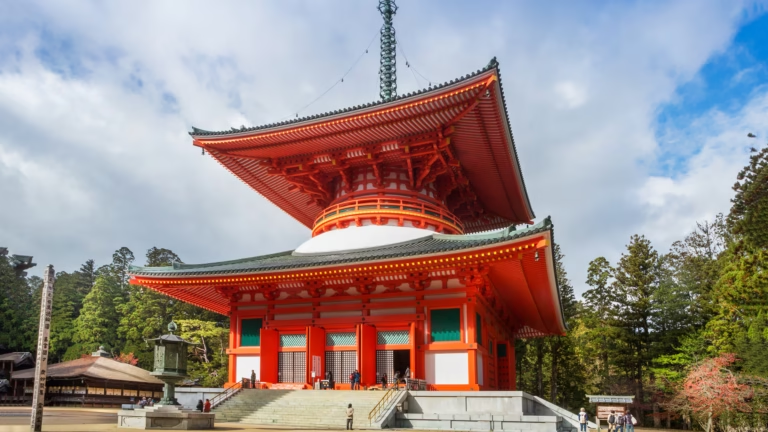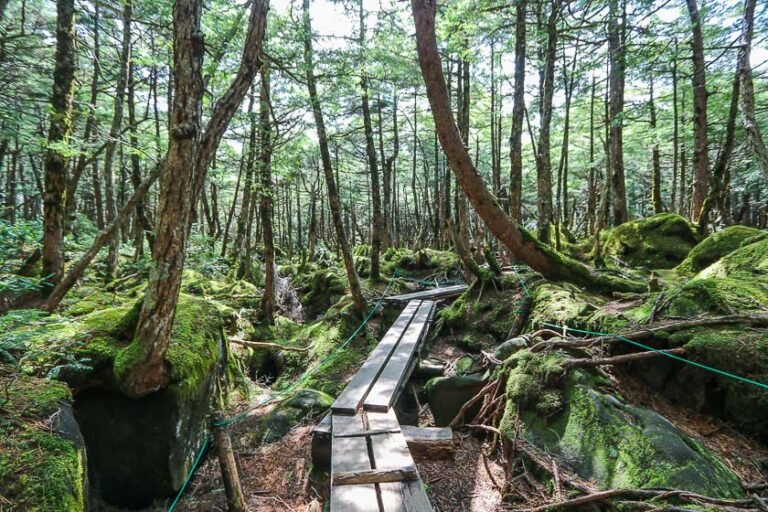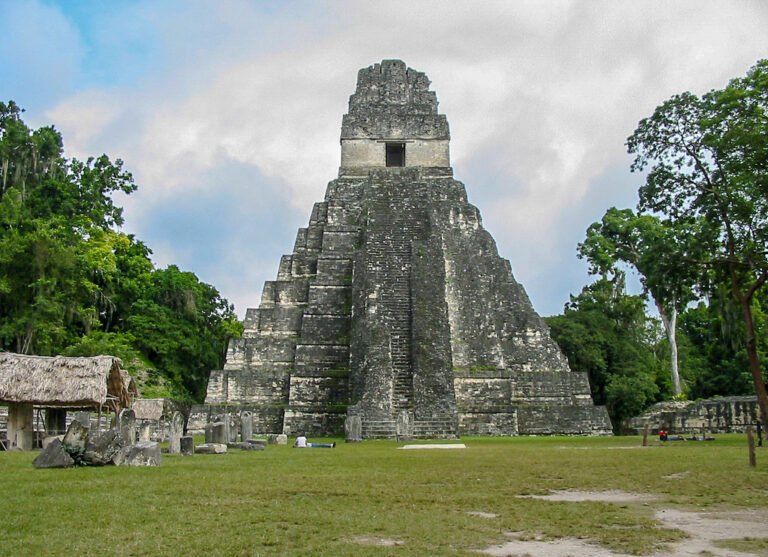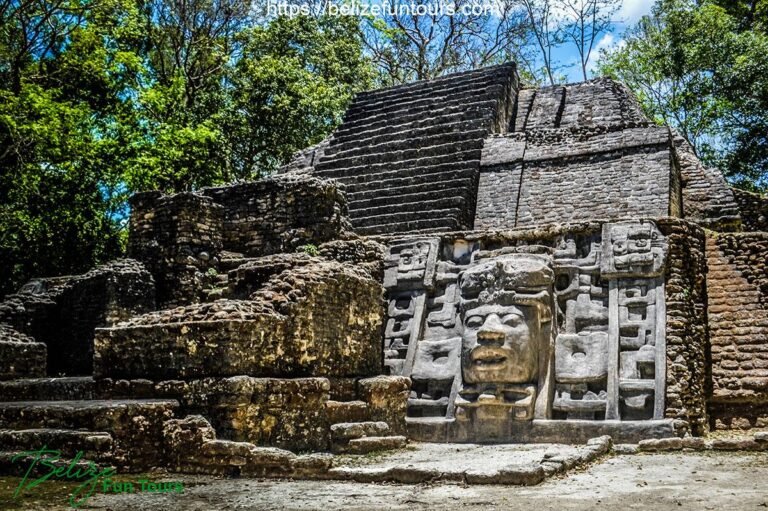

Boots that once pounded the dirt of the Pacific Crest Trail have walked their last. For decades, hikers from around the world have embarked on the legendary journey that traverses the rugged peaks and verdant valleys of the Pacific Crest. But now, a border closure has brought this long-standing tradition to an abrupt halt, leaving thru-hikers in limbo and the fate of the trail hanging in the balance.
– Unveiling the Demise of a Historic Long Hiking Tradition: Canada Seals Pacific Crest Trail Border
Unveiling the demise of a Historic Long Hiking Tradition: Canada Seals Pacific Crest Trail Border
Since 1977,hikers from far and wide have embarked on the iconic Pacific Crest Trail (PCT),a 2,650-mile pilgrimage spanning three US states and Canada. Its breathtaking landscapes and challenging terrains have forged an unparalleled bond among hikers. However, a recent decision by Canada to seal its border on the PCT has cast a somber pall over this cherished tradition. Hikers now find themselves denied access to the final leg of their journey, leaving many with a profound sense of loss and uncertainty. The closure has reverberated throughout the hiking community,echoing the fading footsteps of a long-held tradition.
– Delving into the Devastating Impact on Hikers and the Trail Community
Delving into the Devastating Impact on Hikers and the Trail Community
The closure of the border has thrown the Pacific Crest Trail community into turmoil. Hikers from around the world who had planned to embark on the legendary journey are now left stranded, their dreams shattered. The impact on trail towns and businesses is also severe. Mom-and-pop motels,restaurants,and gear shops rely heavily on hikers for income. The loss of these customers could have a devastating effect on their livelihoods.Impact on hikers
Stranded hikers facing canceled plans and financial losses
Lost opportunities for adventure and personal growth
Disruption of long-standing hiking traditions
Impact on the Trail Community
Loss of income for trail towns and businesses
Jeopardizing the viability of local economies
Disruption of community support for hikers
– Unraveling the Tangled web of Border Regulations and Environmental Concerns
The Pacific Crest Trail (PCT), a long-distance hiking trail spanning the United States from Mexico to Canada, has been a popular destination for adventurers seeking to immerse themselves in the wilderness. However, recent border regulations between Canada and the United States have cast a shadow over this tradition. The closure of the Canada-US border due to the COVID-19 pandemic has prevented hikers from completing the traditional end-to-end journey. Hikers who have spent months preparing for their trek are left stranded, facing the difficult decision of whether to forge ahead and attempt an alternative route into Canada or abandon their dreams of summiting.
The closure of the border highlights the complex interplay between environmental concerns and human activity. While the restrictions are essential for safeguarding public health, they also underscore the need to find enduring ways to balance the enjoyment of nature with the preservation of its delicate ecosystems. The PCT closure serves as a stark reminder that even the most remote and cherished outdoor spaces are not immune to the impacts of human actions.
– Reshaping the Long Hike: Exploring Alternative options amidst the Closure
Recalibrating Horizons: Adaptive Explorations in the Absence of the PCT
While the closure of the Pacific Crest Trail may cast a momentary shadow over the long-distance hiking tradition, it presents an prospect to venture off the beaten path and explore alternative options. From shorter, regional trails showcasing the diverse landscapes of the united States and Canada to iconic long-distance trails in remote corners of the globe, hikers can still embark on transformative journeys. These alternative trails offer unique challenges, stunning scenery, and a chance to connect with nature and oneself in different ways. By embracing the spirit of adaptability and broadening horizons,hikers can reshape their long-distance hiking experience,creating new memories and preserving the tradition in its own unique form.
Final thoughts
With a poignant sense of closure, the long-standing hiking tradition that intertwined the United States and Canada along the Pacific Crest Trail has come to an end. As the border between the two nations remains closed, hikers must bid farewell to the dream of traversing this iconic transboundary path.
In its cessation, the trail echoes the human experience – an interconnected journey filled with endings and beginnings. While the Pacific Crest Trail may no longer unite hikers across the border, its legacy of adventure and camaraderie will forever inspire those who have traversed its rugged terrain.
Like the trail itself,this chapter in the tradition of long-distance hiking has reached its natural conclusion. But as the trail disappears into the mist of the border, it leaves behind a rich tapestry of memories, stories, and the enduring spirit of exploration that unites hikers across boundaries both physical and metaphorical.






